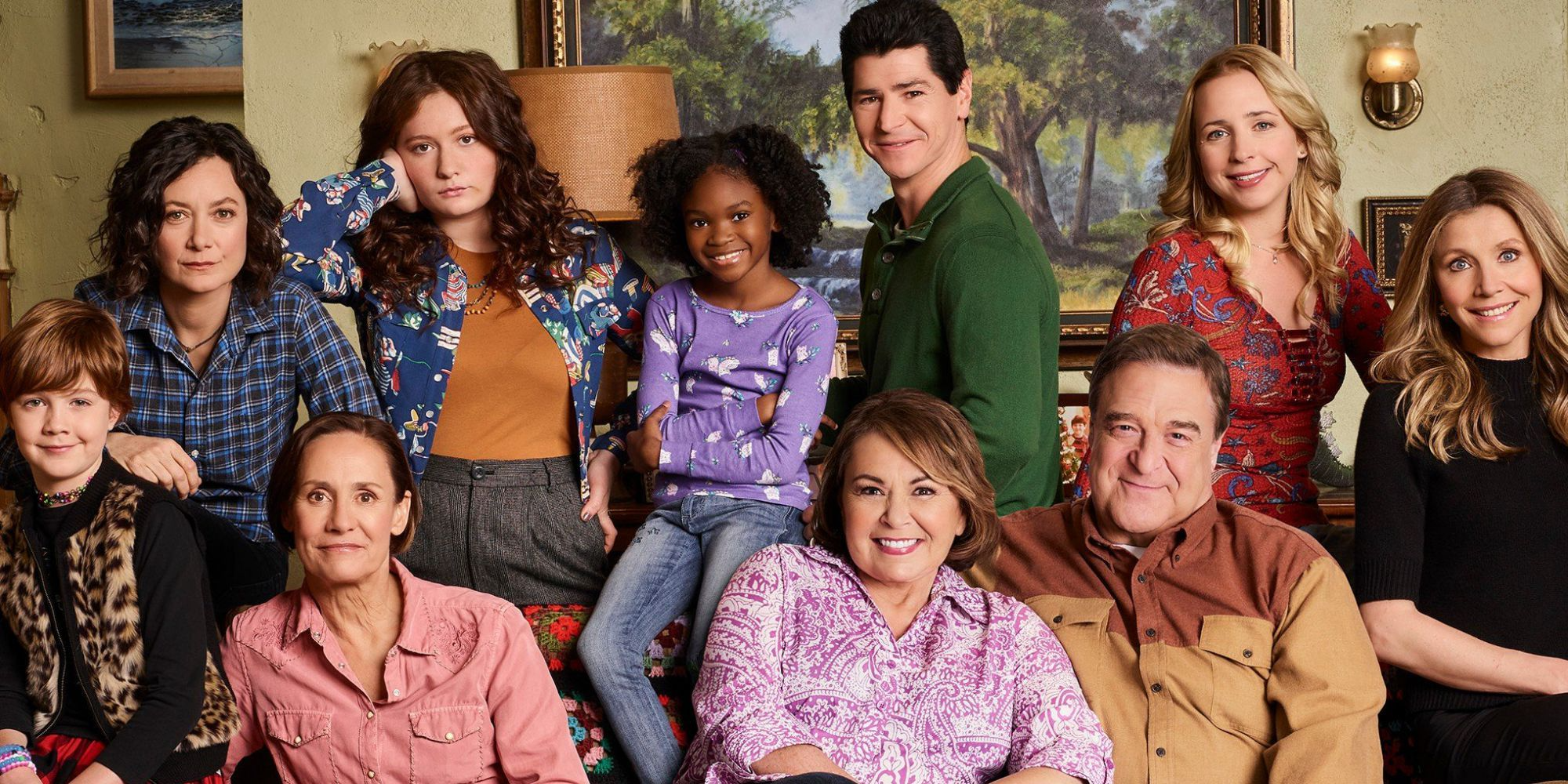
Introduction
When Roseanne made its return to television in 2018, it was nothing short of a television event. Fans of the original series, which ran from 1988 to 1997, were ecstatic to see the Conner family back on screen. The revival had big shoes to fill—after all, the original show had been groundbreaking in its time, dealing with complex social issues and offering a rare portrayal of the working class. But did the revival live up to the hype? Did Roseanne still have the same magic it did decades ago? The answer is a resounding yes. Here’s why the Roseanne revival proved that some TV shows never lose their magic.
The Power of Nostalgia
One of the key reasons the Roseanne revival was so successful was the powerful nostalgia it invoked. For fans who grew up watching the original show, seeing the Conner family return was like reconnecting with old friends. Nostalgia has a way of making us yearn for simpler times, and Roseanne gave fans a chance to relive the moments that made the original show so special.
The return of familiar characters—Roseanne, Dan, Jackie, Darlene, and the rest of the family—immediately felt like coming home. It wasn’t just about seeing the characters again; it was about experiencing the same emotions, humor, and raw honesty that made Roseanne so beloved in the first place. Fans were eager to see how the Conners had evolved and what new challenges they were facing in a very different world than the one they left behind in the late 90s.
The Timeless Appeal of the Conners
At the heart of Roseanne, both in its original and revived forms, is the Conner family. The dynamics between Roseanne, Dan, and their children were relatable and down-to-earth. The show didn’t rely on flashy plots or extravagant storylines—instead, it focused on the struggles of an ordinary family just trying to get by. This grounded, relatable approach was what made the original show so powerful, and the revival retained that same appeal.
Roseanne remained the tough, no-nonsense matriarch fans had come to love. She may have grown older, but her wit, sarcasm, and unapologetic attitude were still there. Dan, the lovable, hardworking dad, was still the heart of the family, offering warmth and support even during the toughest of times. Jackie, Roseanne’s quirky sister, brought her trademark eccentricity, providing both comic relief and emotional depth. And the children, now adults, had their own storylines that reflected their evolving relationships with their parents and the world around them.
What made the revival so successful was that, despite the time gap, the Conners didn’t feel different. They were still the same family we remembered—only older and wiser. And because they were so deeply entrenched in our memories, it was easy to slip back into their world and care about their lives all over again.
Addressing Modern Issues
While the revival was steeped in nostalgia, it didn’t shy away from addressing the issues of the modern world. One of the most notable aspects of the revival was how it engaged with the political divide in America. In a time of heightened political polarization, Roseanne used its platform to portray both sides of the political spectrum within the Conner family.
Roseanne and Dan represented working-class conservatives, while Darlene and other characters leaned more liberal. This juxtaposition provided a unique and often humorous way to address the divides in American society. The show tackled political disagreements, economic struggles, and generational differences with the same sharp humor and honesty that made the original series so impactful.
By addressing current political and social issues, Roseanne not only remained relevant but also offered viewers a mirror through which they could examine their own lives and beliefs. It was a timely and courageous approach that brought the show back into the cultural conversation.
The Realness of Roseanne
One of the most enduring qualities of Roseanne has always been its realness. Unlike many sitcoms that feature perfect families living in pristine homes, the Conners were relatable because they faced the same challenges many of us do. They didn’t have a perfect life, but they had each other—and that was enough.
In the revival, Roseanne’s struggles with aging, health issues, and relationships were portrayed with the same level of honesty and authenticity as before. She was still the same tough, sarcastic character fans had come to love, but now she was dealing with the complexities of getting older and navigating family dynamics as an adult. This realness struck a chord with viewers, especially those who saw their own struggles reflected in Roseanne’s journey.
Conclusion
The revival of Roseanne proved that some TV shows never lose their magic. The Conner family may have aged, but the humor, the honesty, and the love they shared remained timeless. The show tackled modern issues while still staying true to what made it special in the first place: its ability to portray the everyday struggles of a working-class family with heart, humor, and authenticity.
In an era when television is often dominated by high-concept dramas and reality shows, Roseanne’s revival reminded us that sometimes, the best stories are the ones that come from the heart. And in the case of the Conners, that magic was never truly gone—it just took a little time to come back.
